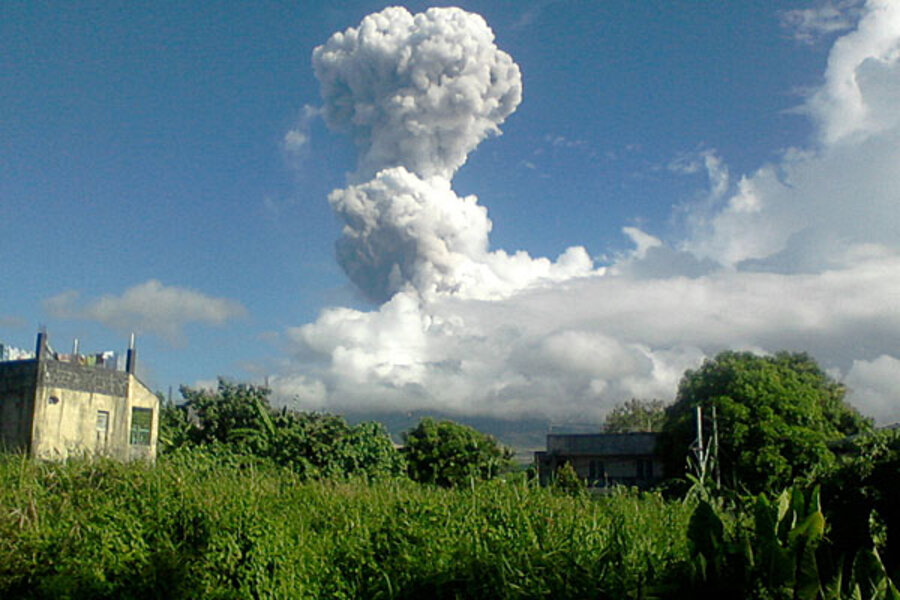Philippines volcano erupts, kills five foreign climbers
Loading...
| Manila
One of the Philippines' most active volcanoes rumbled to life Tuesday, spewing room-sized rocks toward nearly 30 surprised climbers, killing five and injuring others that had to be fetched with rescue helicopters and rope.
The climbers and their Filipino guides had spent the night camping in two groups before setting out at daybreak for the crater of Mayon volcano when the sudden explosion of rocks, ash and plumes of smokes jolted the picturesque mountain, guide Kenneth Jesalva told ABS-CBN TV network by cellphone.
He said rocks "as big as a living room" came raining down, killing and injuring members of his group, some of whom were in critical condition. Jesalva said he rushed back to the base camp at 914 meters (3,000 feet) to call for help.
Among the dead were three Germans and their Filipino guide, said Albay provincial Gov. Joey Salceda. He said everyone on the mountain had been accounted for at midday, except for a foreigner who was presumed dead.
Eight people were injured, and Salceda said the others were in the process of being brought down the mountain. Ash clouds have cleared over the volcano, which was quiet later in the morning.
"The injured are all foreigners ... They cannot walk. If you can imagine, the boulders there are as big as cars. Some of them slid and rolled down. We will rappel the rescue team, and we will rappel them up again," he said from Legazpi, the provincial capital at the foothill of the mountain.
An Austrian mountaineer and two Spaniards were rescued with small bruises, he said.
Tuesday's eruption was normal for the restive Mayon, said Renato Solidum, the head of the Philippine Institute of Volcanology and Seismology.
The 2,460-meter (8,070-foot) mountain about 340 kilometers (212 miles) southeast of Manila has erupted about 40 times during the last 400 years.
In 2010, thousands of residents moved to temporary shelters when the volcano ejected ash up to 8 kilometers (5 miles) from the crater.
Solidum said no alert was raised after the latest eruption and no evacuation was being planned.
Climbers are not allowed when an alert is up, and the recent calm may have encouraged this week's trek. However, Solidum said that even with no alert raised, the immediate zone around the volcano is supposed to be a no-go area because of the risk of a sudden eruption.
Salceda said he would enforce a ban on climbers.
Despite the risks, Mayon and its near-perfect cone is a favorite spot for volcano watchers. Most enjoy the occasional nighttime spectacle of the rim lit by flowing lava, viewing from the safety of hotels in Legazpi.
The volcano has a trail to the crater that is walkable though it's steep and strewn with rocks and debris from past eruptions.
___
Associated Press writer Teresa Cerojano contributed to this report.
Copyright 2013 The Associated Press.







